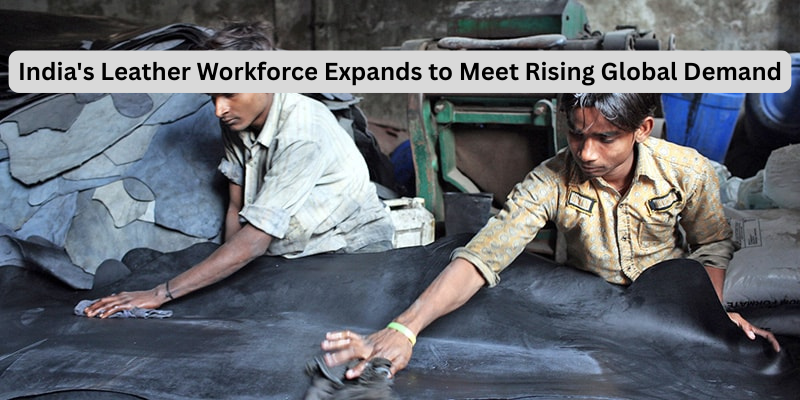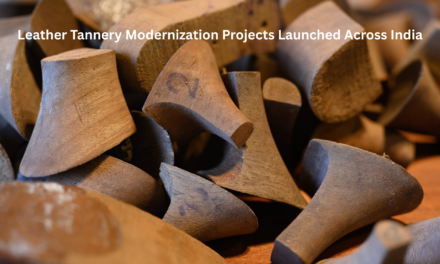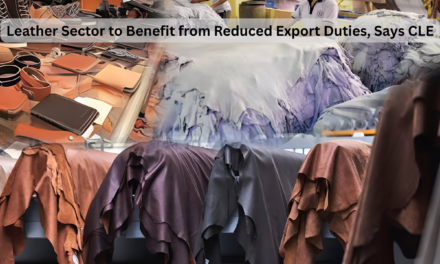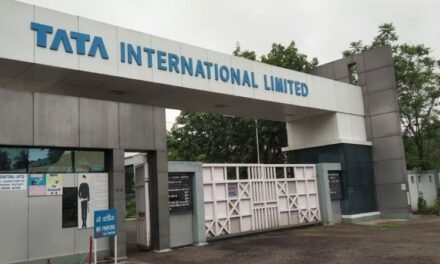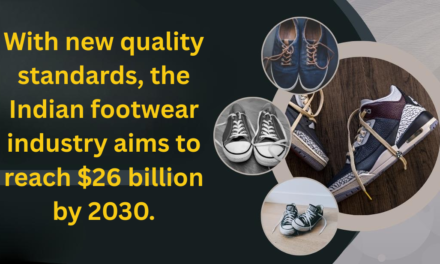India’s leather industry is experiencing significant growth, with its workforce expanding rapidly to meet the rising global demand for leather goods. As the world continues to embrace high-quality leather products, including footwear, apparel, bags, and accessories, India has become one of the largest exporters of leather goods. To support this booming sector, the country is investing in skilling initiatives and infrastructure development to ensure a steady supply of skilled labor.
The expansion of the leather workforce is driven by several factors, including the increasing demand for premium leather products in international markets such as Europe, North America, and Asia. As major brands focus on quality, craftsmanship, and sustainability, Indian manufacturers are scaling up their production capacities and hiring more workers to meet the growing orders. This surge in employment is expected to create thousands of new jobs, particularly in the rural and semi-urban areas, where the majority of leather manufacturing takes place.
To equip workers with the necessary skills, the Indian government and industry associations are partnering with educational institutions to provide training programs in leather crafting, sustainable production methods, and advanced manufacturing technologies. These efforts are not only addressing the skills gap but also ensuring that workers are prepared to meet the quality standards demanded by international buyers.
The expansion of the leather workforce is also in line with India’s Make in India initiative, which aims to boost domestic manufacturing and increase exports. With a growing labor pool, India is well-positioned to strengthen its position as a global leader in the leather industry, while also ensuring that its workforce remains competitive and adaptable to future trends in design and sustainability. As the demand for high-quality, ethically produced leather goods continues to rise, India’s expanding workforce will play a critical role in meeting these global market needs.

